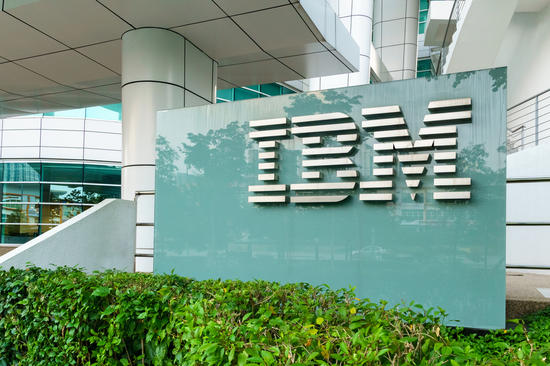IBM (IBM, Financials) has unveiled a detailed plan to build a fault-tolerant quantum computer by 2029, marking a major step toward scalable quantum computing. The company said the Starling system will include 200 logical qubits and support up to 100 million quantum operations, housed in a new quantum data center in Poughkeepsie, New York.
The announcement outlines a shift from scientific theory to engineering execution. Logical qubitseach made from clusters of physical qubitscan suppress errors and run more operations, but traditional error correction has required overwhelming hardware overhead.
To address this, IBM is using a quantum low-density parity check code, a novel error correction method that reduces the number of physical qubits needed by roughly 90%, according to IBM. The approach flips the company’s past strategy: instead of designing chips to fit theoretical models, IBM now tailors error correction to hardware already feasible to build.
We’ve answered those science questions, said Jay Gambetta, vice president of IBM Quantum. Now you need a grand challenge in engineering.
The roadmap to Starling includes three new processors:
Nighthawk (2025): will test components for qLDPC, including new chip connectors
Kookaburra (2026): IBM’s first modular chip combining quantum memory and logic
Cockatoo (2027): links two Kookaburra chips using L-couplers to scale systems
These modular systems are designed to scale without the need for massive single-chip architectures, forming the foundation of Starling and, eventually, the Blue Jay system, which aims to reach 2,000 logical qubits and execute 1 billion operations.
This article first appeared on GuruFocus.

